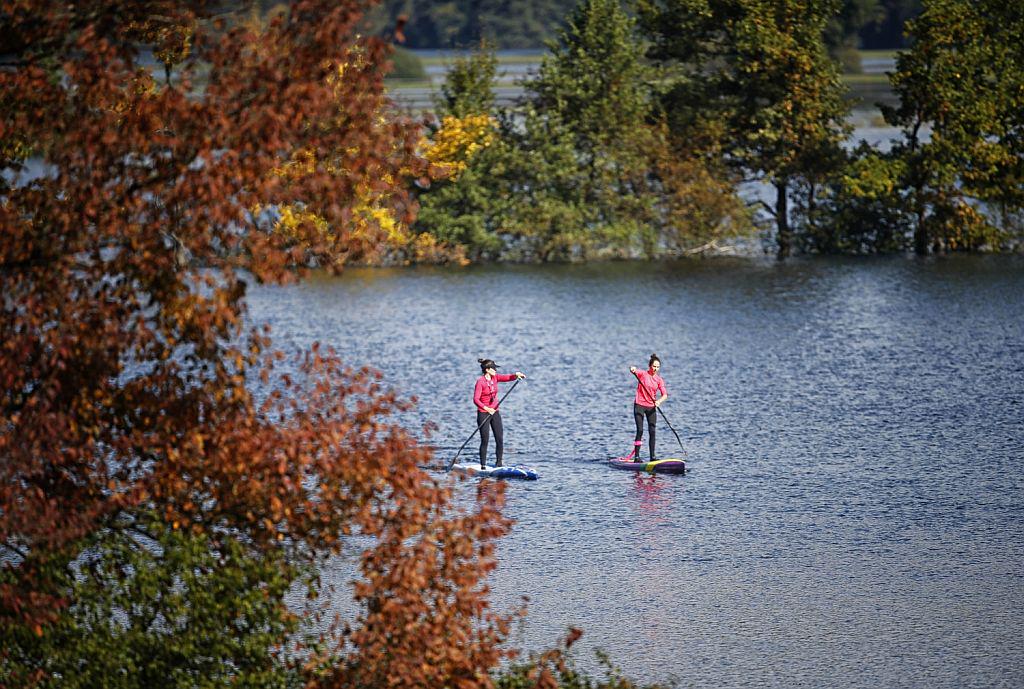
For years, the unique geography of Radensko Polje was unknown even to people who lived in the nearby villages. That all changed with the construction of the Ljubljana- Kočevje railroad in the 1890s. In those years, surveyors began to study the field and the three rivers that flow across it. They were soon followed by speleologists. They discovered a series of caves, sinkholes, and estevelles – holes where water flows in or out of the ground, depending on the natural cycles.
And those cycles shape every aspect of Radensko Polje. After heavy rains, particularly in the spring and in the fall, a lake appears on the field – until its water drains away into the caves. A few ponds and water-saturated grasslands are left behind, and they enable life to thrive in the area.
Several species of orchids grow on Radensko Polje, as do rare flowers such as the snake’s head fritillary and the summer snowflake. Even though the use of artificial fertilizers has caused some species to decline in recent years, the field is the home of 27 species of dragonflies, as well as butterflies, amphibians, and otters. Even the famed proteus anguinus, a sightless cave creature that has become one of Slovenia’s symbols, lives in the local caves. When it comes to the diversity of life, the ecosystem of Radensko Polje has few equals in Slovenia – and beyond.
The magical landscape has even inspired legends. Mary’s Spring, on a hill overlooking Radensko Polje, is said to dry up during periods of great catastrophe. With much of the field now enjoying official protection, conservationists hope that the spring will flow undisturbed for years to come.


































































